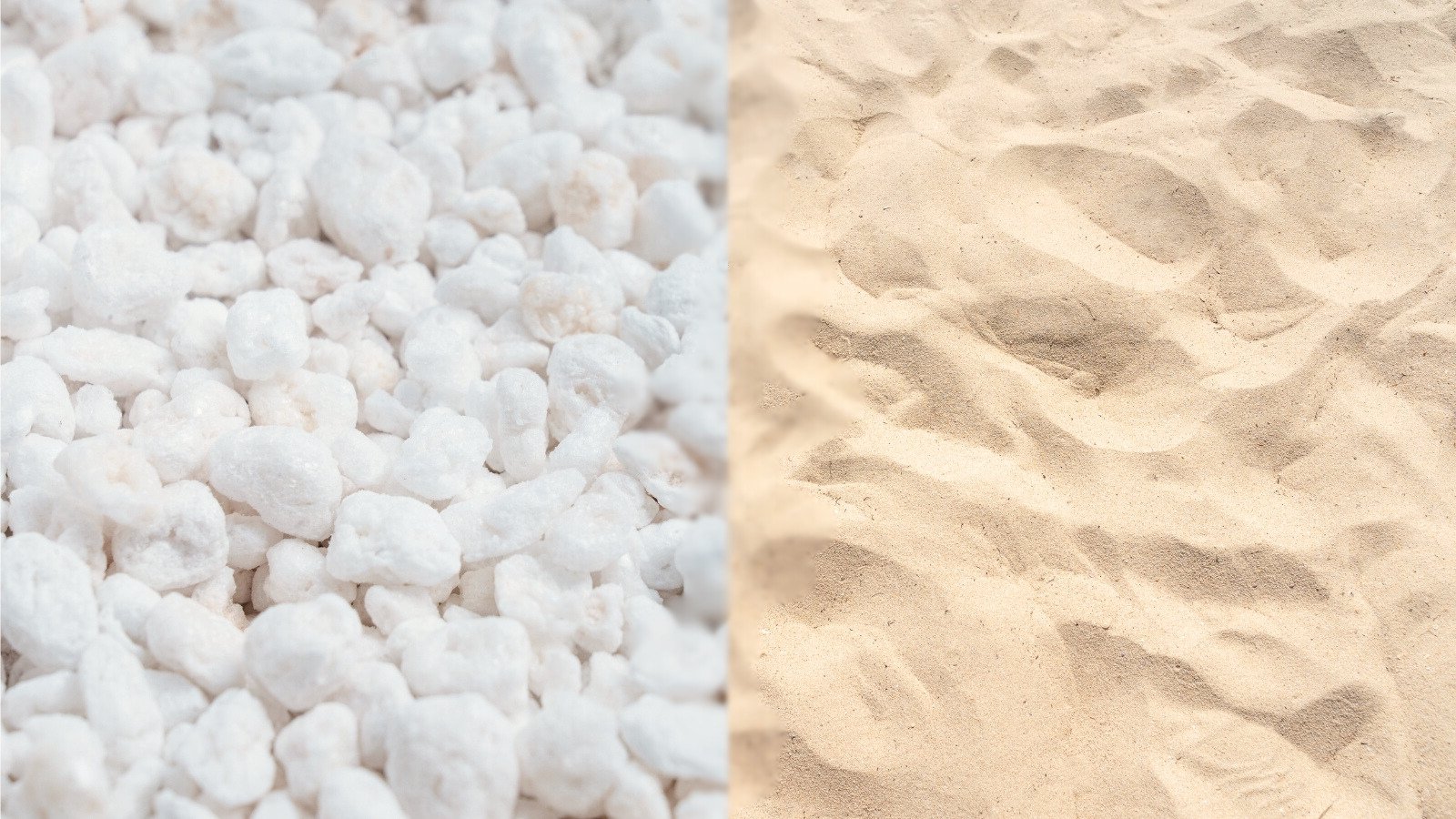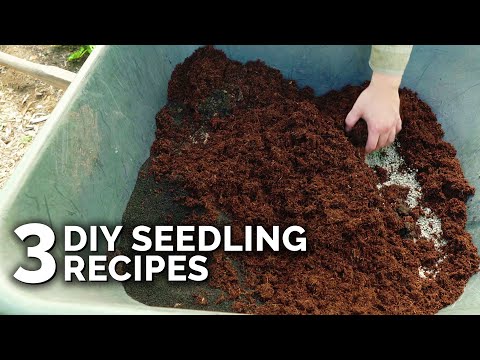Drainage is likely one of the most necessary features of plant well being. Sure vegetation want totally different drainage ranges, from free draining to soggy. Species that originate in dry climates usually want well-drained soil, whereas these from moist or swampy ones often favor soggy or slow-draining grime.
Drainage is difficult; including perlite or sand is step one in the direction of creating wholesome soil. Another supplies other than perlite and sand can stop compaction. After deciding whether or not perlite or sand is healthier to your backyard, we’ll have a look at different methods to take care of the positioning for optimum plant well being.
The opposite issue to think about is the vessel you’re rising vegetation with. Containers, raised beds, and in-ground beds profit from totally different drainage elements; every requires totally different modification methods.
Regardless of your backyard setup, we’ll uncover strategies and supplies for simply enhancing drainage. Seize your gloves, amendments, and a shovel. It’s time to get digging!
What’s Perlite?
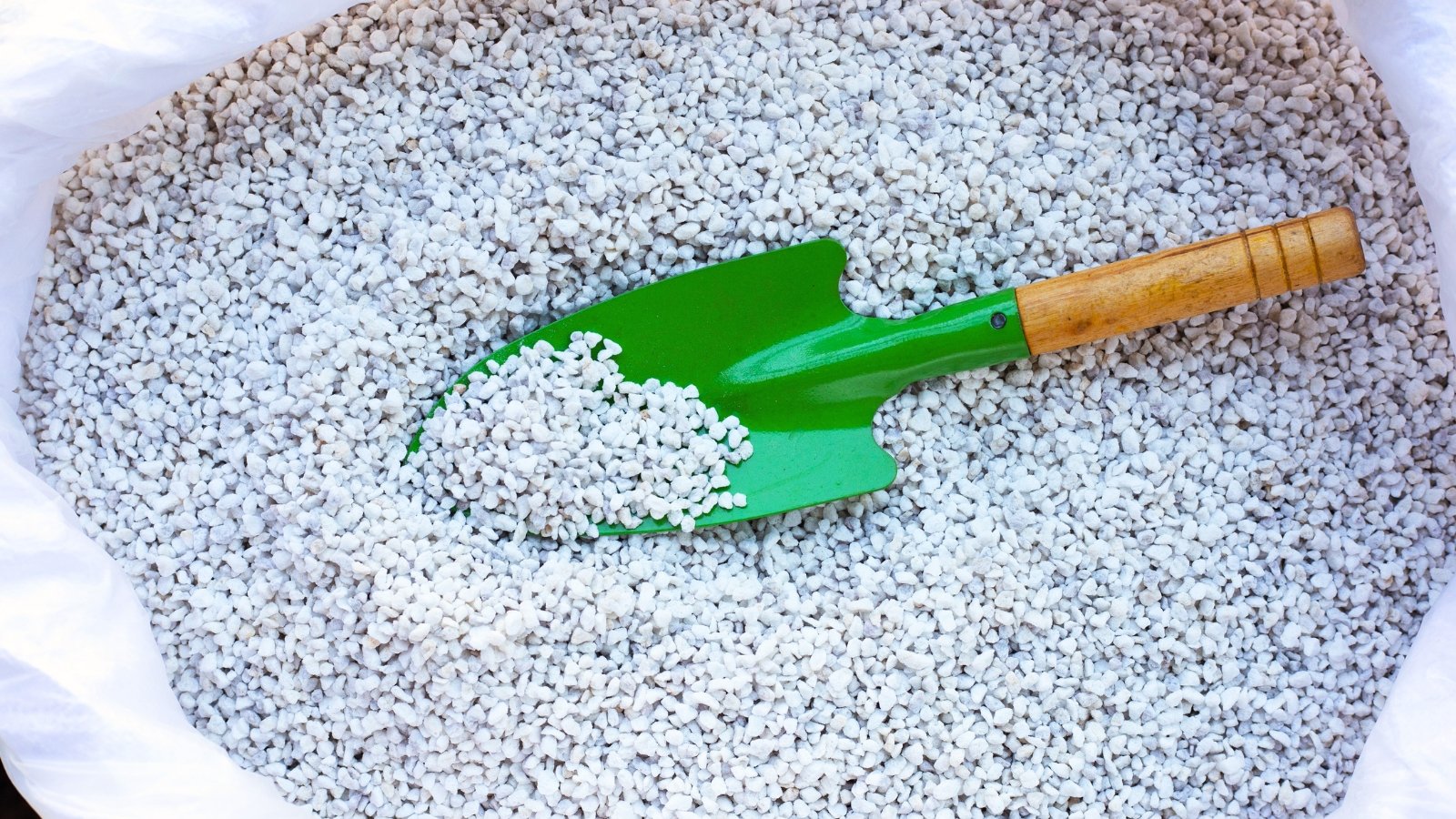

Perlite is all-natural! It’s a volcanic mineral that appears like pumice. Producers break rocks into tiny particles, warmth them at excessive temperatures, and power them to puff up into gentle, ethereal chunks. These chunks create the perfect particle for enhancing backyard drainage—they’re porous, light-weight, and barely absorbent.
Perlite can be extremely low cost! It’s usually extra reasonably priced than different merchandise, as a single stone can create tons of of perlite particles for horticultural use. Potting mixes use it as a cost-effective drainage element. Some seed beginning mixes additionally use it, although they embrace tiny perlite items smaller than a pea seed.
What’s Sand?
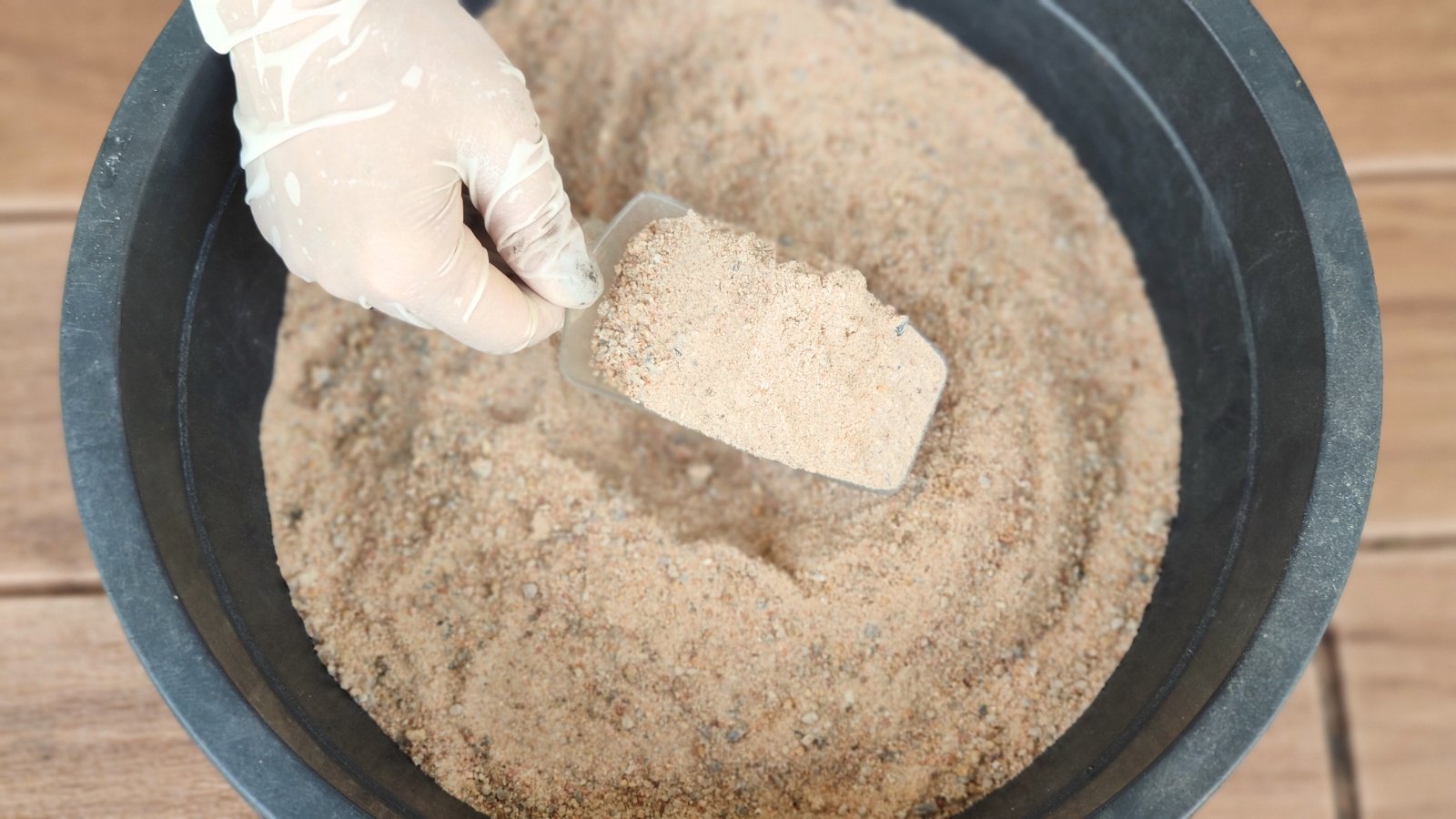

Sand can discuss with many alternative supplies. It mostly refers to soil particles of a sure measurement. Clay, although it varieties massive chunks, consists of tiny particles. Silt has medium-sized particles, whereas sand has the largest ones.
Larger particles result in higher drainage—they don’t stick collectively effectively! They let water and air move freely and don’t soak up as a lot moisture as silt or clay particles. Most soils have a mixture of all three elements. Loamy soil accommodates an ideal mix of all three sorts; it’s greatest for rising crops and wildflowers.
Essentially the most promising sands for enhancing drainage could have the phrases “horticultural sand” or “horticultural grit” on their labels. They encompass damaged minerals which are coarse and irregular. En masse, the particles create a free-draining soil with low absorbency. Although they aren’t as free draining as horticultural sand, you could use chemical-free builders or play sand as a substitute.
Perlite vs. Sand
Now that we all know the distinction between the 2 supplies, it’s time to find out which is greatest to your backyard. They excel in lots of purposes, from seed beginning to amending outdated backyard beds. Typically, each perlite and sand are vital for enhancing drainage!
Seed Beginning
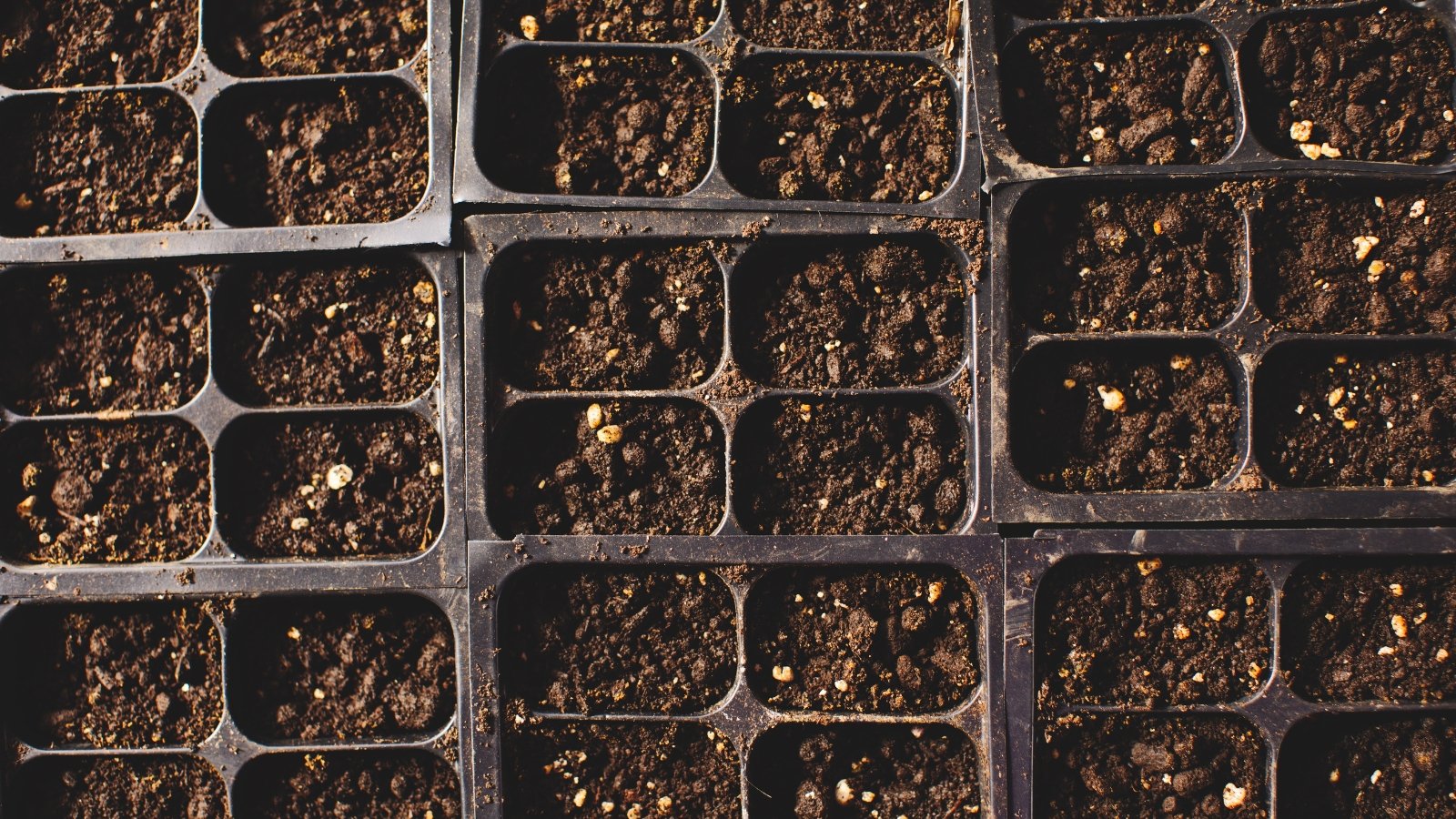

Each vegetable backyard begins with seeds! The kind of combine you employ can significantly have an effect on your seedlings’ well being, regardless of whether or not you’re beginning them indoors or outdoor. The very best combine for rising seeds is fertile, free-draining, and absorbent.
Most seed-starting mixes comprise perlite or sand while you purchase them. You could add additional perlite if the mix appears soggy and dense. In any other case, plant seeds straight into the grime.
Sand isn’t perfect for seed-starting mixes, because it encourages vitamins and water to empty freely from the containers. A bit of is okay in dense blends, although perlite is the higher choice. Perlite facilitates drainage whereas trapping air and water for plant roots to entry, whereas sand boosts drainage however doesn’t assist absorption charges.
If you happen to’re making a mix at house, think about attempting this excellent ratio from Epic Gardening founder Kevin Espiritu and the backyard hermit Jacques Lyakov:
- ⅓ pumice or perlite
- ⅓ coco coir
- ⅓ compost, worm castings, and Azomite
Potting Soil
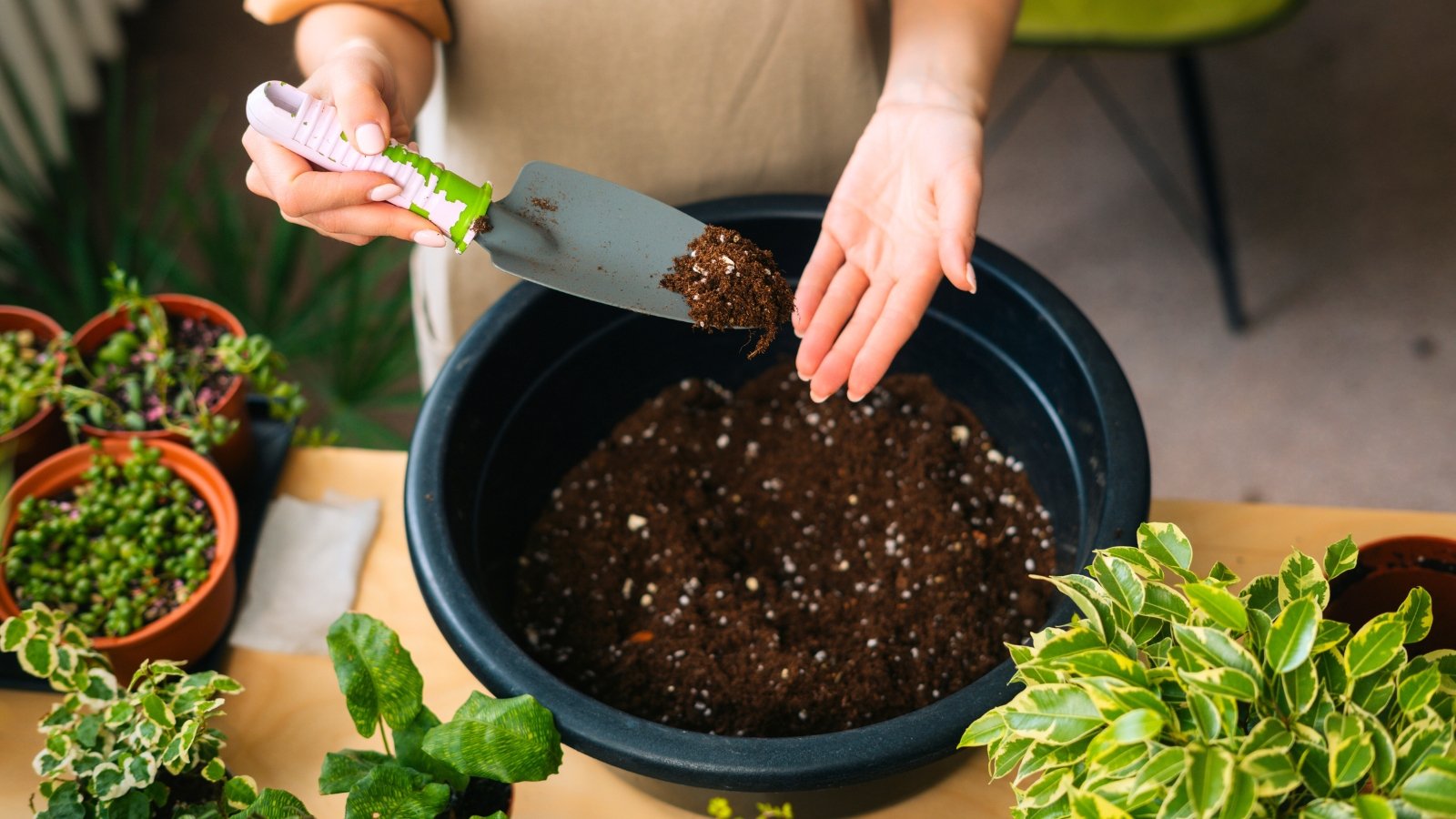

Whether or not potting soil is right or not relies on the vegetation you’re rising. Species that want dry situations will profit from a well-drained combine, whereas others that love moisture want much less drainage and extra absorbency. Typically, a mixture of each sand and perlite creates the right mix.
Retailer-bought mixes often mixes perlite, peat moss or coco coir, and natural matter like compost. Sand is a uncommon element, although it’s extra frequent in cacti, succulent, and bonsai blends.
Perlite is greatest for enhancing drainage for houseplants, greens, and seedlings. Sand and perlite work effectively for cacti, succulents, bonsai timber, and vegetation from dry areas. Keep away from utilizing an excessive amount of perlite or sand by mixing in slightly at a time till you attain the specified consistency.
Raised Beds and Containers
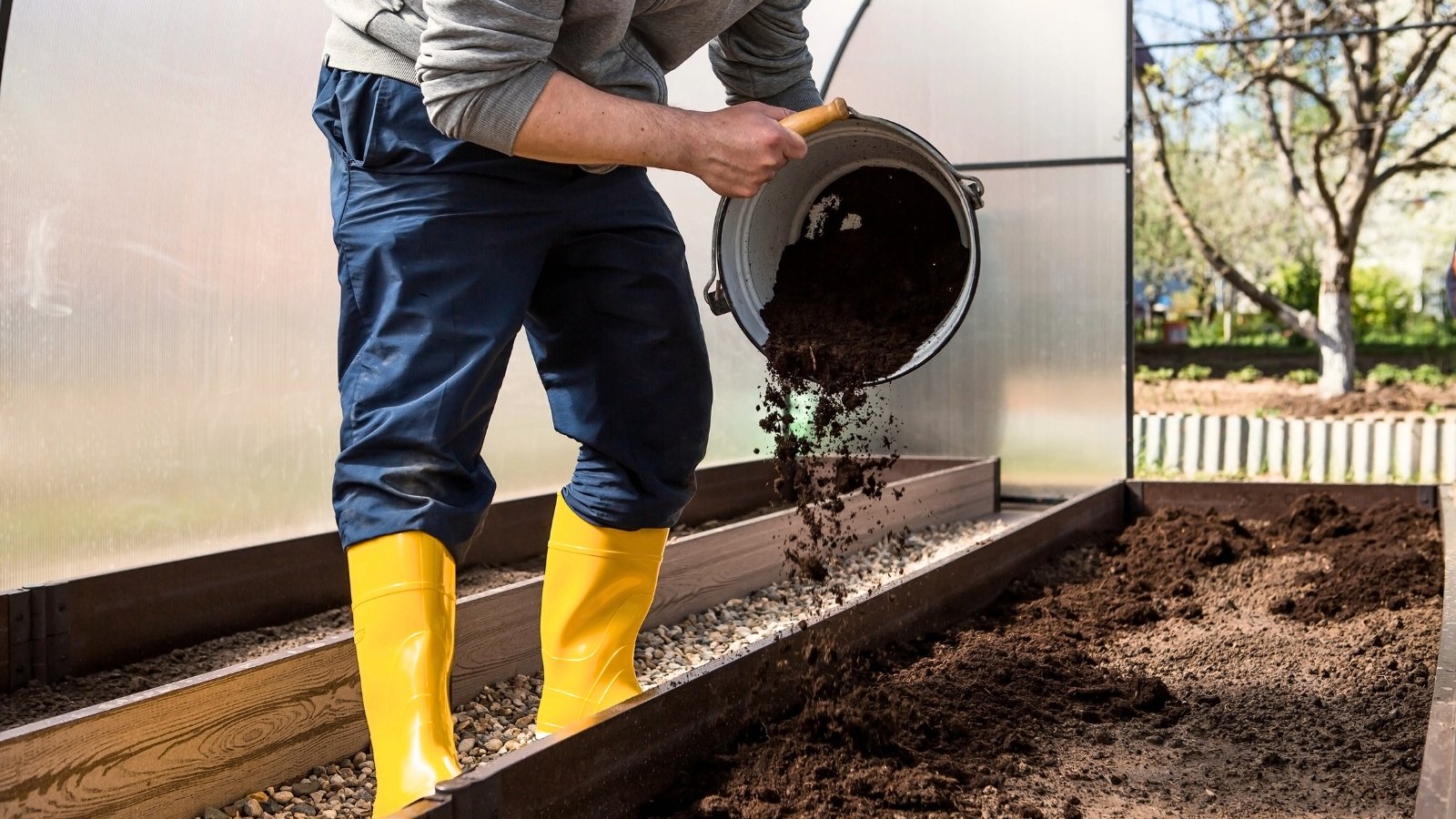

Raised beds and containers are related, as they each contain gardening in soil above the bottom. This permits for straightforward amending, longer rising seasons, and easy cultivation. These vessels work effectively for rising crops, herbs, and flowering annuals.
Perlite and sand assist increase drainage ranges rapidly in containers, although they’re much less efficient in massive areas like raised beds. Soil amending takes time in massive areas, so persistence is essential to success. It usually requires different supplies other than perlite and sand, like compost, leaf mould, or worm castings.
In-Floor Beds
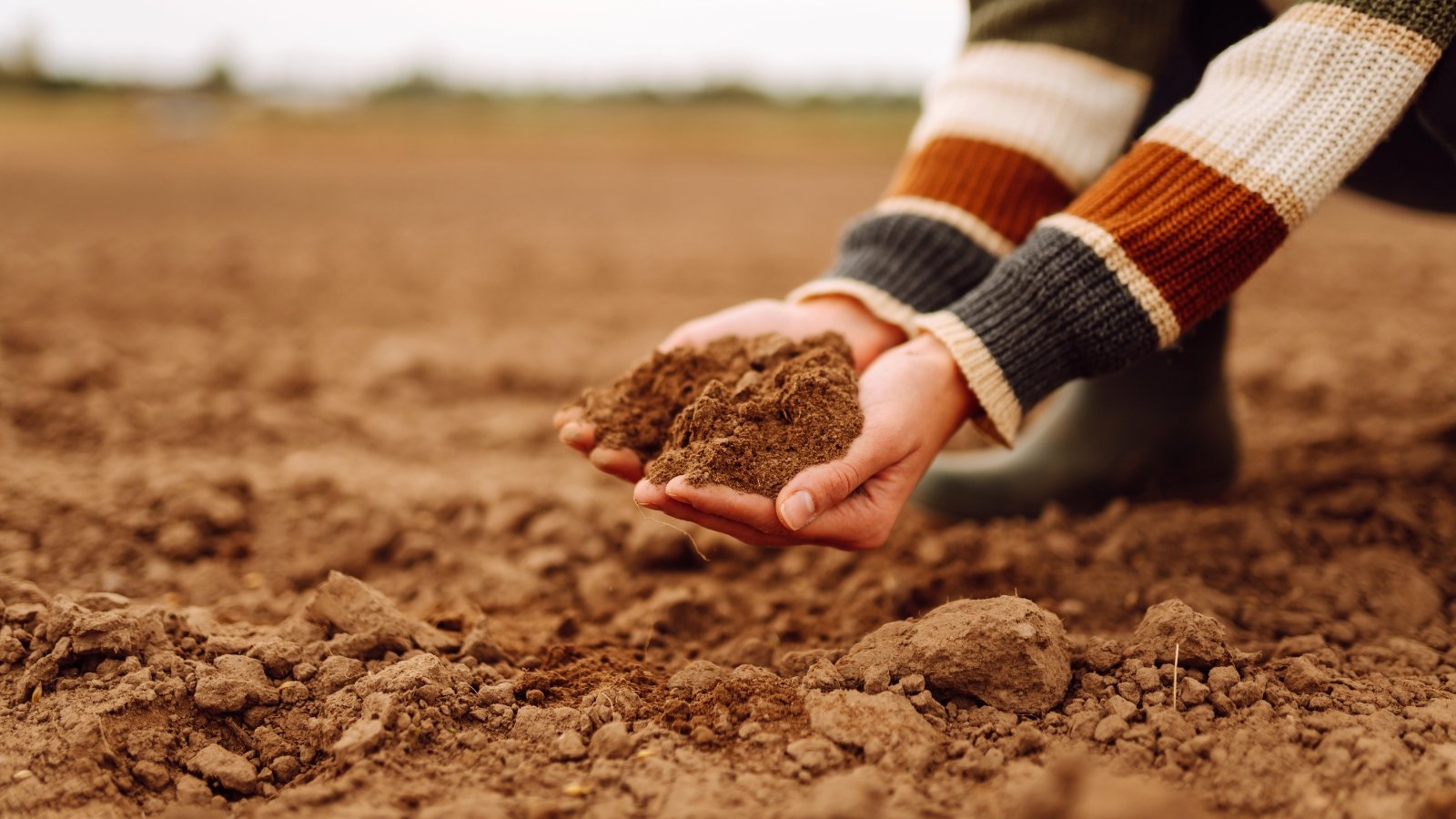

In-ground beds are like raised beds however with out elevation. They’re degree with the bottom and excellent for rising crops and herbs. Amending them might show troublesome, because the bigger they’re, the extra supplies they require.
Including sand to in-ground beds is greatest for those who plan on rising cacti, succulents, or different sand-loving vegetation. They like rising in gritty soil and want extra sand than clay or silt. If you happen to’re rising crops, herbs, or wildflowers, you could wish to keep away from including sand in favor of different natural amendments that increase drainage.
Horticultural sand and perlite assist enhance drainage within the brief time period, although they usually lose effectiveness as time passes. Clay and loam combine with the drainage particles, and enormous clumps kind once more. They work effectively for containers, seedlings, and small beds, however not for big areas.
So, what’s the answer? For raised and in-ground beds, including compost or leaf mould is right. Hold studying to learn the way these two amendments increase your backyard’s efficiency.
Different Supplies to Enhance Soil Drainage
Reasonably than instantly altering the standard of a rising medium, natural amendments like compost and leaf mould work slowly and effectively. They increase drainage, fertility, and porosity in present soils. Add them weeks or months earlier than planting, and also you’ll have free, free-draining grime excellent to your crops.
Compost
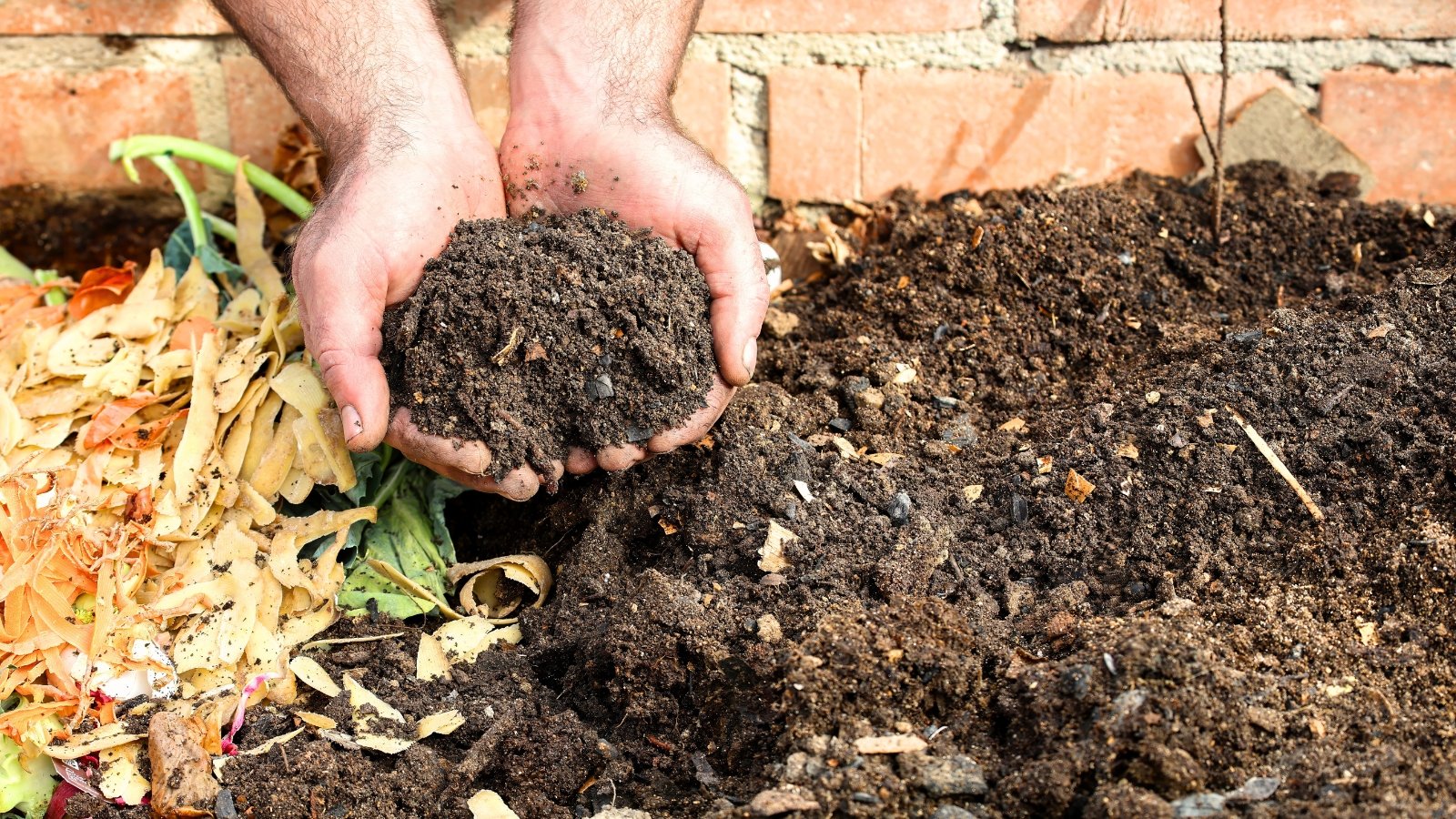

Compost is the very best soil modification! It has a load of advantages like feeding vegetation, fueling soil microbes, and serving to delicate plant roots. However what’s compost? It’s totally decomposed natural matter. Leaves, kitchen scraps, and paper merchandise combine to create a pile. Worms, larvae, fungi, micro organism, and archaea work collectively to eat the rotting waste and switch it into crumbly black humus.
Compost is greatest for serving to drainage, fertility, and porosity. Apply a two to three-inch thick layer of the stuff twice a 12 months to maintain beds completely satisfied and wholesome. It really works effectively for feeding vitamins to greens, fruits, and herbs.
Leaf Mildew
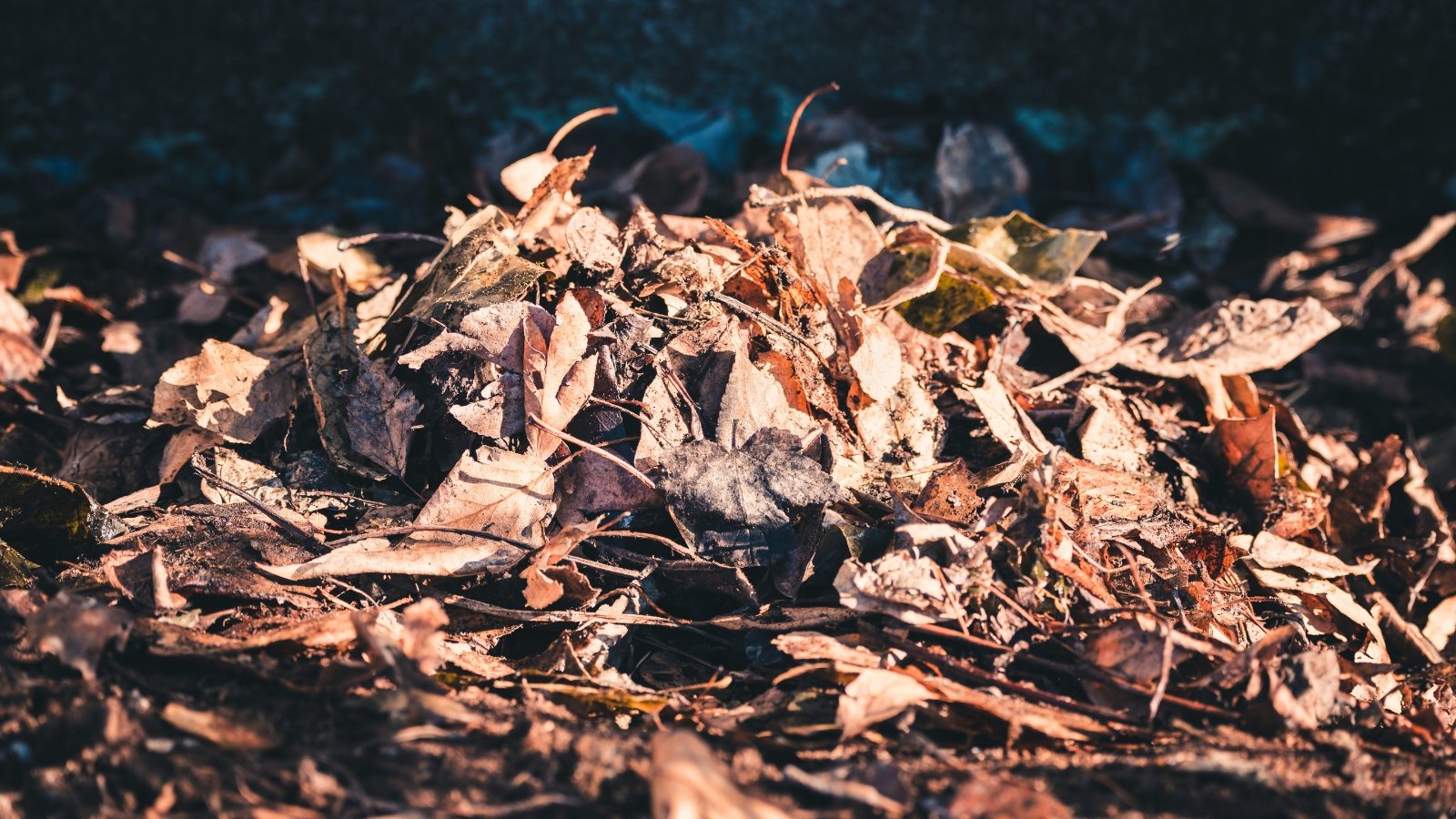

Leaf mould is like compost, besides it consists solely of leaves! The leaves decompose right into a crumbly modification that mirrors compost in construction, fertility, and absorbency. Although compost is wealthy in nitrogen and carbon, leaf mould has extra carbon and is higher for woody timber and shrubs.
Add leaf mould as you do compost. Unfold a two to three-inch thick layer round present vegetation and on new beds. Gently rake it to include it into the grime, then water effectively. Plant straight into leaf mould after it’s sat for 2 to 3 weeks.
Often Requested Questions
Perlite and sand are two frequent horticultural supplies for growing drainage in potting mixes. The very best sand for vegetation is horticultural sand, although builders or play sand works in a pinch.
Although perlite and sand assist enhance drainage, they every have particular purposes the place they work greatest. Use perlite for houseplants, container veggies, and seed beginning. Use sand for cacti, succulents, and shrubs that stay in dry situations.
Sand will increase how briskly vitamins and water drain from the soil, whereas perlite traps air whereas additionally permitting water to move freely. Use sand for vegetation that want little vitamins and water. Use perlite for different species, mixing it effectively with different soil elements to create the right combine.
[ad_2]
Supply hyperlink
